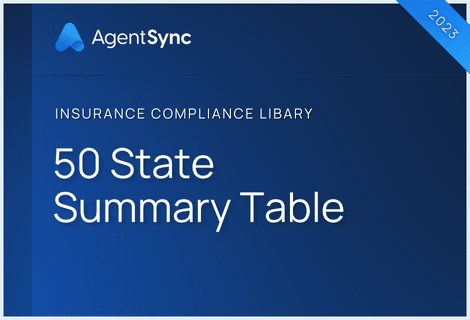

The uncertainty and threat of illness due to the COVID-19 pandemic triggered growth in the life insurance market as more people considered the financial risk their family would face in their absence. Yet, even with this growth, the life insurance coverage gap is substantial and puts people and their families at risk of devastating financial challenges.
In 2021, the Life Insurance Marketing and Research Association (LIMRA) estimated that there’s a $12 trillion mortality coverage gap in the United States. They also found that 40 percent of Americans are either uninsured or underinsured. Life insurance and annuity products are an important part of a person’s long-term financial planning, but the difficulty of facing one’s mortality risk contributes to the coverage gap.
A Society of Actuaries (SOA) study found 46 percent of people age 21-42 who don’t have a life insurance policy aren’t knowledgeable about the product. Most young people in the study indicated they’d rather pay down debt, contribute to emergency savings, or increase retirement savings before paying for life insurance. Preparing for end-of-life risks may seem unnecessary to young people.
While a person’s age has a natural impact on their approach to life insurance, differences in insurance and financial literacy also correlate to a person’s race. A study by Haven Life found that Black respondents were slightly more likely to have life insurance coverage than white respondents but had about one-third the amount of coverage. In “Financial Literacy and Wellness among African-Americans – New Insights” from the Personal Finance Index, researchers found that functional knowledge among study participants was behind that of white people across every area and was lowest for “insuring.” Second-lowest in functional knowledge was “comprehending risk.”
The Wisconsin Office of the Commissioner of Insurance (OCI) works to help consumers understand the value, risks, and uses of different insurance products including life insurance policies and annuities. A greater consumer understanding of the importance of insurance products as a financial security tool may help reduce the mortality coverage gap and better prepare people and their families for the future.
In Wisconsin, we’re working to reduce barriers to financial products and improve financial literacy – including insurance literacy. OCI is an active member of Governor Tony Evers’ Council on Financial Literacy and Capability, through which we promote initiatives like Financial Planning Month and National Life Insurance Awareness Month. We recognize that to address the mortality coverage gap, we need to understand the generational, racial, gender, and socioeconomic status differences that impact an individual’s life insurance coverage status. The team at OCI works everyday to inform, educate, and protect consumers in a changing insurance market.
Wisconsin isn’t alone is our work to address the mortality coverage gap. The National Association of Insurance Commissioners (NAIC) is committed to closing the gap, particularly for underrepresented and minority communities; addressing barriers to access, and expanding opportunities in the insurance sector to people of diverse backgrounds to better serve consumers. NAIC model laws, bulletins, and other regulatory guidance help all of us stay ahead of a shifting market.
As fewer employers offer group life insurance benefits or retirement benefits, people are left to navigate the market on their own. The life industry is also shifting toward a greater utilization of annuity products, with annuities making up 48 percent of life/annuity direct premiums in 2022, according to the Insurance Information Institute. In response to growing annuity sales, NAIC developed the Annuity Best Interest Standard model regulation for states to adopt.
Wisconsin has passed the Annuity Best Interest regulation, which sets clear, enhanced standards for annuity sales so consumers understand the products, are made aware of any conflicts of interest, and are assured the person selling the products doesn’t place their financial interests above consumers’ interests. We require that carriers, firms, and producers provide forms to a consumer to help them understand the potential annuity purchase, including forms such as the Insurance Agent Disclosure for Annuities, Consumer Refusal to Provide Information, and Consumer Decision to Purchase an Annuity NOT Based on a Recommendation.
Financial security and protection are important for everyone, and working to help people understand the importance of life insurance and other financial protection products will hopefully help close the coverage gap and provide financial peace of mind for more people across the country.

